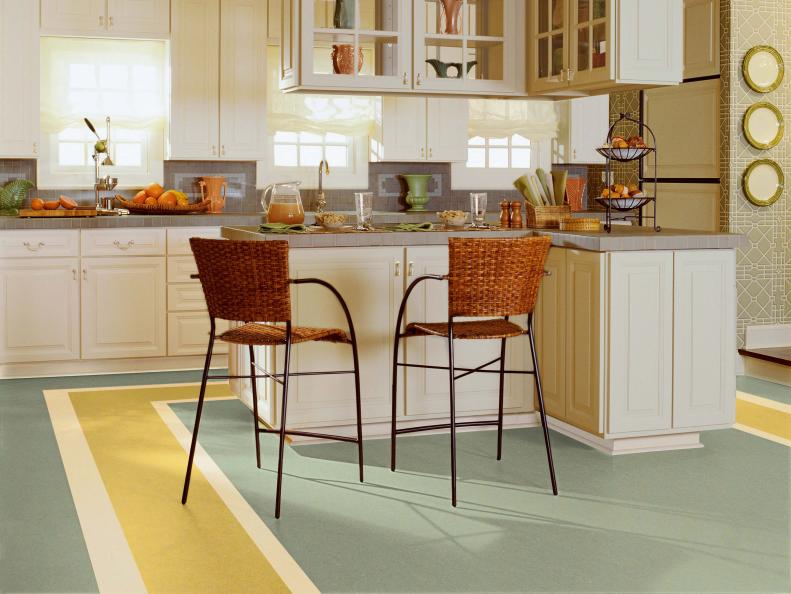1 / 15
Photo: Armstrong
Reasons to Love Linoleum
Linoleum is made with renewable, biodegradable materials including linseed oil and cork. Mineral pigments are added to produce rich, vibrant colors. Linoleum produces no harmful vapors and is considered a top environmentally-friendly flooring choice. Linoleum comes as sheet goods designed for glue-down installation and as laminated planks and tiles that install as a floating floor system. Some manufacturers provide a protective coating that prevents staining and helps the product stand up to foot traffic. Linoleum without this coating should be refinished every two years. Expect to pay $2 to $5 per square foot and $7 to $12 per square foot installed.









